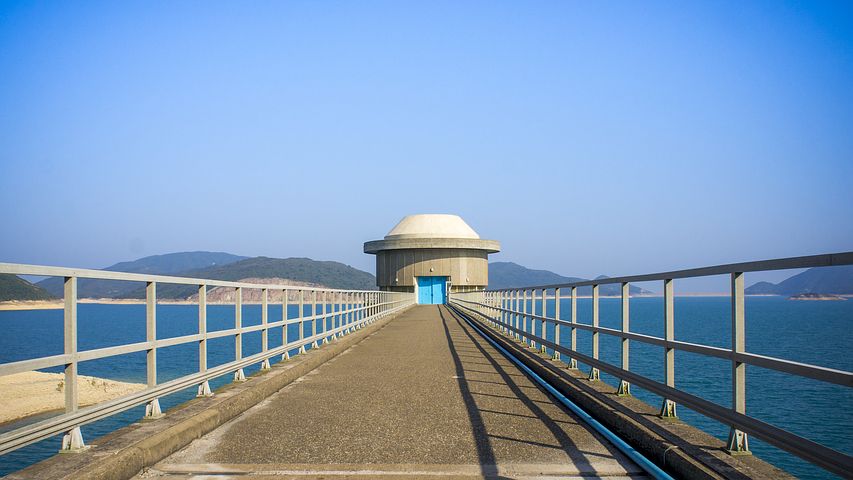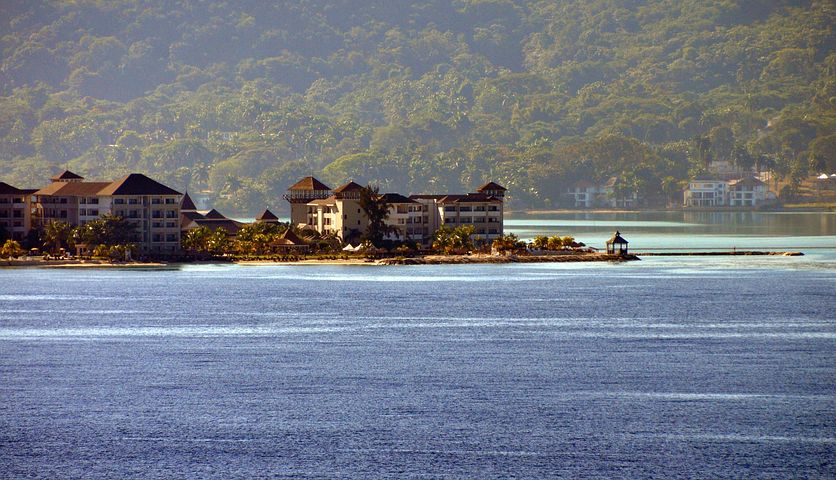The brief: Sea levels are rising

It now seems clear that the climate emergency is bigger than many experts, elected officials, and activists realize. Greenhouse gas emissions have overheated the Earth’s atmosphere, unleashing heat waves, hurricanes, and other extreme weather.
What is happening in the ocean
As oceans heat up, the water rises in part because warm water expands but also because these waters have initiated major melt of polar ice sheets. As a result, average sea levels around the world will now be rising up to 6/7 metres. That’s enough to put large parts of many coastal cities, home to hundreds of millions of people, under water.
If seas rise 6/7 metres over the next 2,000 years, our children and their descendants could find ways to adapt. However, if this occurs in the next 100 to 200 years the outlook is grim.
This type of sea-level rise may have numerous types of effects all over the world. For example, sewage treatment plants will fail, large areas will persistently flood and barrier islands will be largely abandoned. In countries like China, India or Egypt that have major river deltas, two to three feet of sea level rise will force the evacuation of tens of millions of people and the loss of vast agricultural lands.

What we can do
There are solutions to rapidly rising sea levels. First of all, humans must stop putting more gases into the atmosphere. It is also necessary that we extract much of what we’ve already put up there. Since the Industrial Revolution 250 years ago, the amount of CO2 in the atmosphere has soared due to human activities, principally the burning of carbon-based fossil fuels.
To halt heat-trapping emissions it is essential to rapidly move the economy off fossil fuels to renewable energy as well as ending deforestation, going towards climate-friendly agriculture, planting soil-building forests, just to name some. Cooling oceans is much harder as it requires pulling away the massive amounts of Carbon dioxide both from the atmosphere and the ocean, placing it somewhere safe. There are some prototypes of these “carbon negative” technologies that should be used.
Energy transition is urgent
The transition to renewable energy is urgent. This means to stop burning fossil fuels, and develop and deploy technologies to extract CO2 from the skies and seas. It is also necessary to be realistic about adapting to the sea level rise that can no longer be prevented. Rather than building more in low-lying regions and spending public money on coastal defenses that are bound to fail, we should prepare to assist the eventual relocation of people and infrastructure from the most threatened areas, cleaning the land before inundation. All of this requires serious planning, funding, and effort so that in future generations do not face such a disastrous scenario.

*some data was taken from The Guardian
